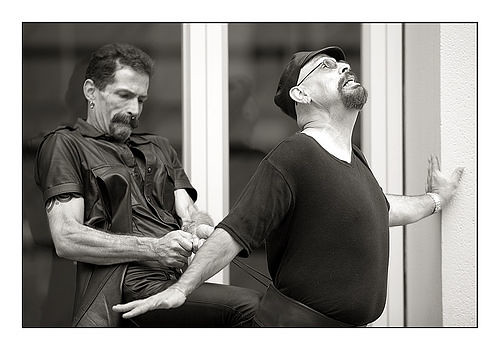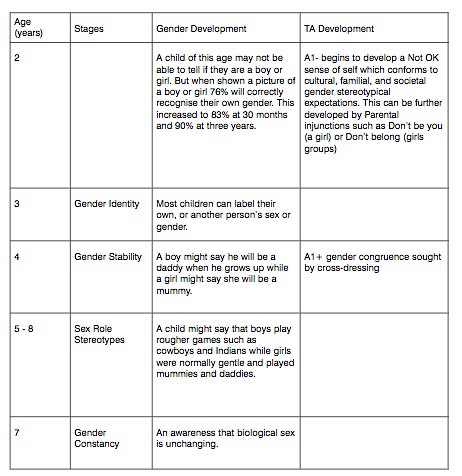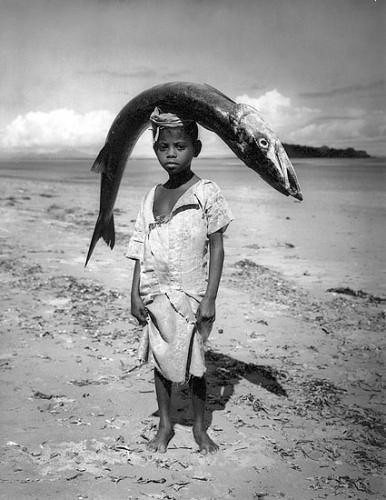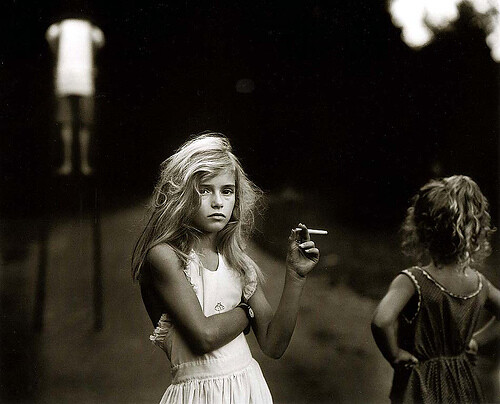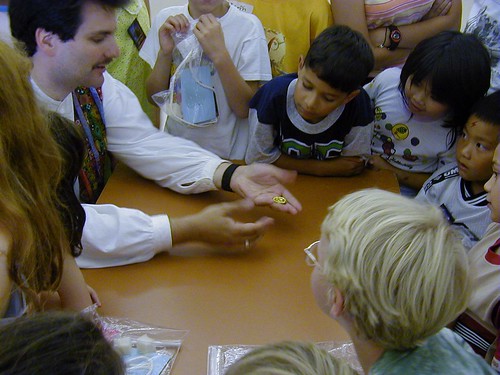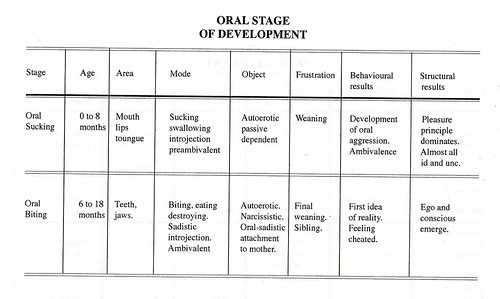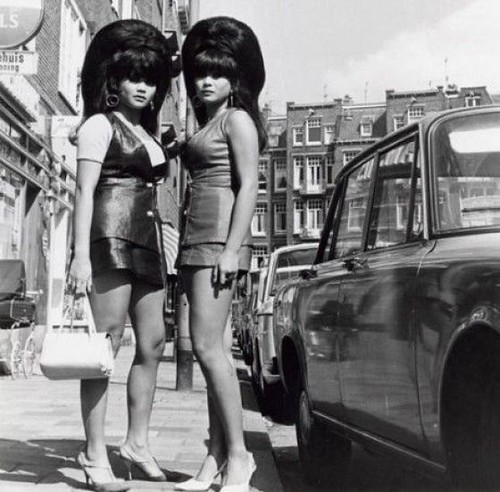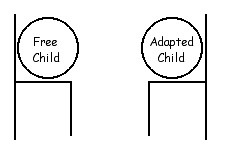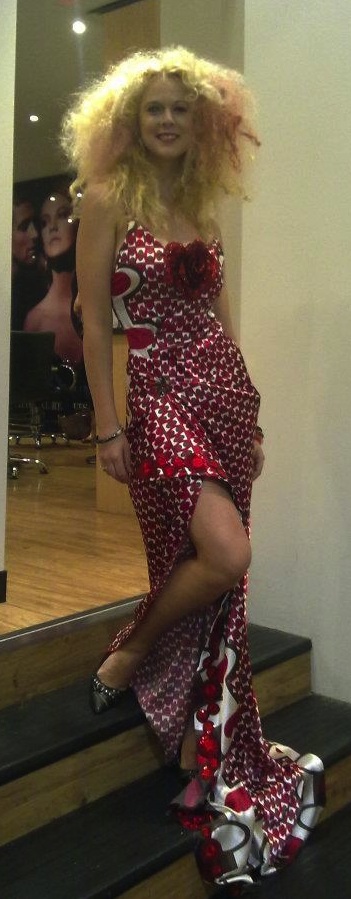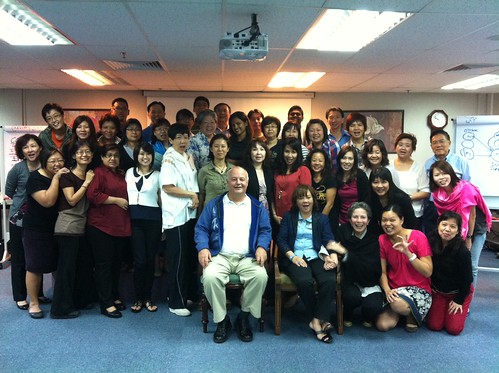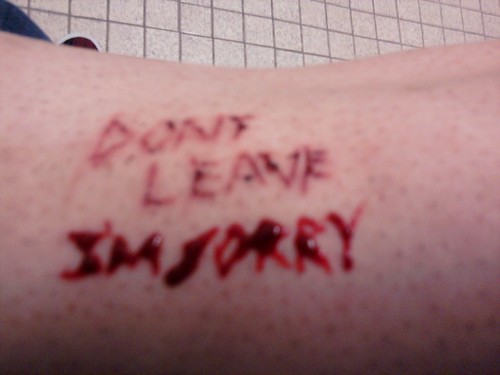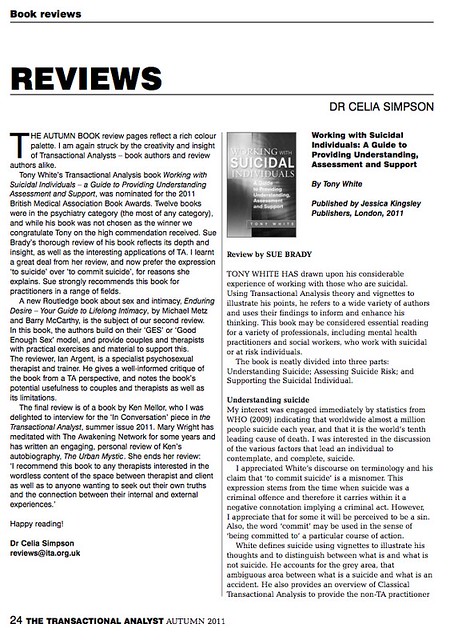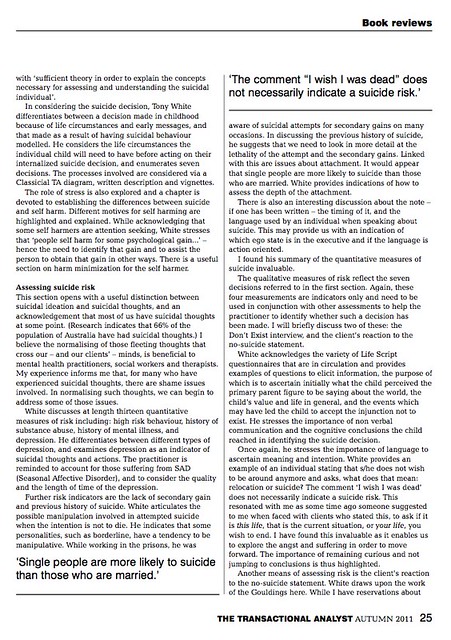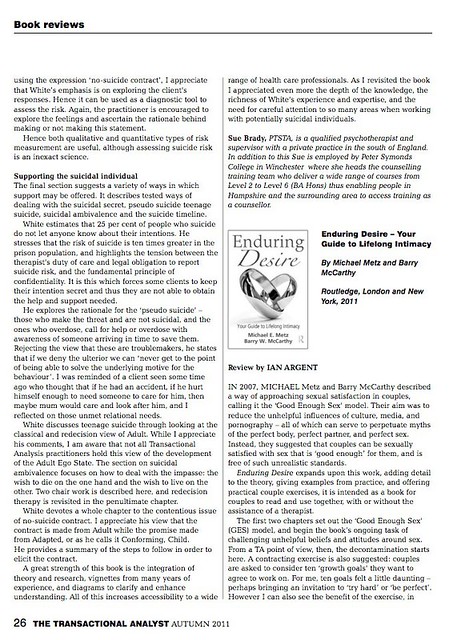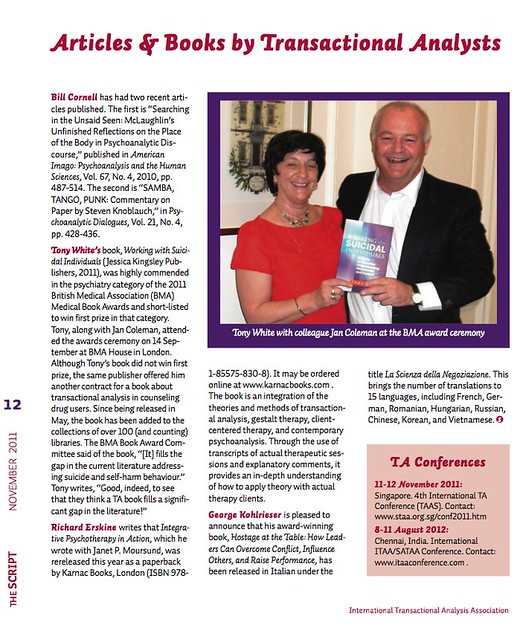Last week we had a party for the book award I recently received.
Here is a photograph of myself with the award certificate.
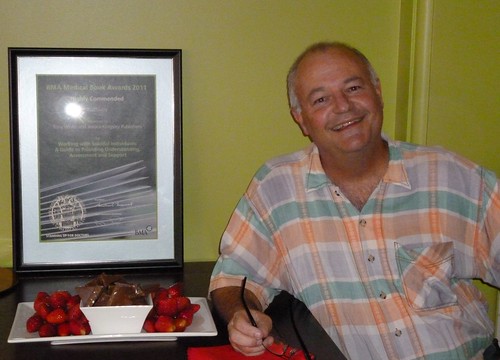
Note the Toblerone and the strawberrys!
Here is what the publisher had to say about the
award.
The list of university and college libraries that stock the book contuinues to grow. I must admit that I am a bit surprised at the size of the list as the book is still not even one year old. I would have assumed that psychology, social work and psychotherapy degrees would have to plan more on what texts they would use for next year and so forth.
University of Waterloo (Canada)
University of Manitoba (Canada)
Saint Francis Xavier University (Canada)
University of Victoria (Canada)
Vancouver Island University (Canada)
Ryerson University (Canada)
Royal Roads University (Canada)
Simon Frasier University (Canada)
St. Clair College (Canada)
Universite de Montreal (Canada)
Memorial University (Canada)
Mount Saint Vincent University (Canada)
Mount Royal University (Canada)
Wilfrid Laurier University (Canada)
Cambrian College (Canada)
Kwantlen Polytechnic University (Canada)
University of Lethbridge (Canada)
Concordia University (Canada)
University of Guelph (Canada)
Library and Archives Canada (Canada)
Maribor General Hospital Library (Slovenia)
Stellenbosch University Library (South Africa)
Mitt hogskolan library (Sweden)
Stockholm University (Sweden)
PJ Library (Norway)
University of Bergen (Norway)
Norges teknisk-naturvitenskapelige universitet (Norway)
University of Oslo (Norway)
University of Tromso (Norway)
Freie Universitat Berlin (Germany)
Humboldt University of Berlin (Germany)
State and University Library of Dresden (Germany)
University of the West of England (UK)
Derbyshire library (UK)
University of Plymouth (UK)
Manchester Metropolitian University (UK)
Lancaster University (UK)
University of Hull (UK)
University of East Anglia (UK)
University of Cambridge (UK)
Oxford University library (UK)
University of Exeter (UK)
Coventry City Council library (UK)
Bromley Library service (UK)
Cadbury Heath Library (UK)
Kingswood Library (UK)
Nottingham Central Library (UK)
Yate Library (UK)
British Library (UK)
Ebook library London (UK)
Hounslow Library (UK)
Barnet London Borough Library (UK)
National library of Scotland (Scotland)
University of California San Diego (USA)
Open Library. California State Library (USA)
University of Washington (USA)
Norwich University (USA)
Ithaca College (USA)
Marquette University Raynor Memorial Library (USA)
University of Massachusetts Amherst (USA)
Williams College Massachusetts (USA)
National Library of Medicine Maryland (USA)
Illinois State University (USA)
Loyola Marymount University California (USA)
University of Michigan (USA)
Central Michigan University (USA)
University of North Carolina Chapel Hill (USA)
University of Missouri-Columbia (USA)
Akron-Summit County Public Library, Ohio (USA)
University of California Merced (USA)
University of North Carolina Greensboro (USA)
Library of congress (USA)
University of California San Franisco (USA)
Mt. Hood Community College Library Oregon (USA)
National College of Natural Medicine Oregon (USA)
Oregon Health and Science University (USA)
Northeast WI Public Libraries (USA)
College of DuPage Illinois (USA)
Boston College (USA)
University of Chicago Illinois (USA)
University of North Texas (USA)
Laredo Public Library Texas (USA)
University of Texas-Pan American (USA)
University of Texas at Austin (USA)
University of Puget Sound (USA)
Executive Counseling and Training Academy (Singapore)
Ngee Ann Polytechnic Library(Singapore)
Singapore Polytechnic Library (Singapore)
National University of Singapore (Singapore)
LaTrobe University (Aust)
Murdoch University (Aust)
Monash University (Aust)
Victoria University (Aust)
Bankstown Campus library (Aust)
University of Sydney (Aust)
Queensland University of Technology (Aust)
Deakin University (Aust)
University of Adelaide (Aust)
University of Western Australia (Aust)
University of Ballarat (Aust)
University of New England (Aust)
University of Western Sydney (Aust)
Charles Sturt University (Aust)
Curtin University (Aust)
Australian Catholic University (Aust)
University of Newcastle (Aust)
Bond University (Aust)
University of Melbourne (Aust)
James Cook University (Aust)
National Library of Australia (Aust)
Trinity College Dublin (Ireland)
Dublin Institute of Technology (Ireland)
University of Auckland Library (New Zealand)
University of Canterbury (New Zealand)
Lincoln University (New Zealand)
Northtec library (New Zealand)
Auckland University of Technology (New Zealand)
Unitec Institute of Technology (New Zealand)
Eastern Institute of Technlogy (New Zealand)
University of Otago (New Zealand)
Rotorua District Library (New Zealand)
City University of Hong Kong (China)
National Cheng Kung University (Taiwan)

Graffiti


